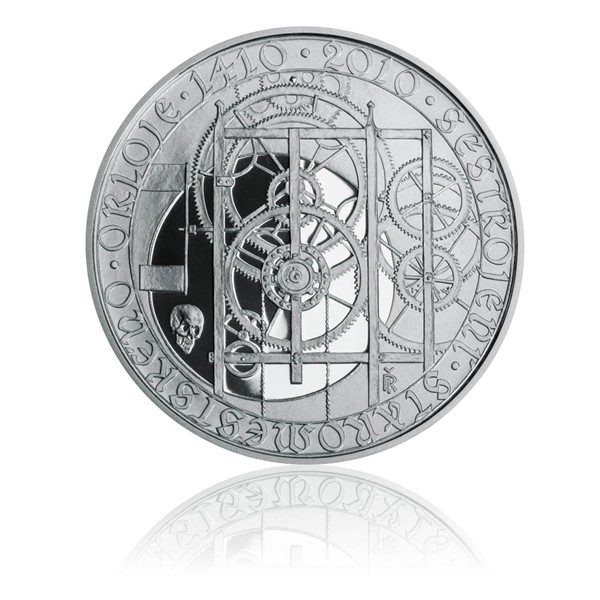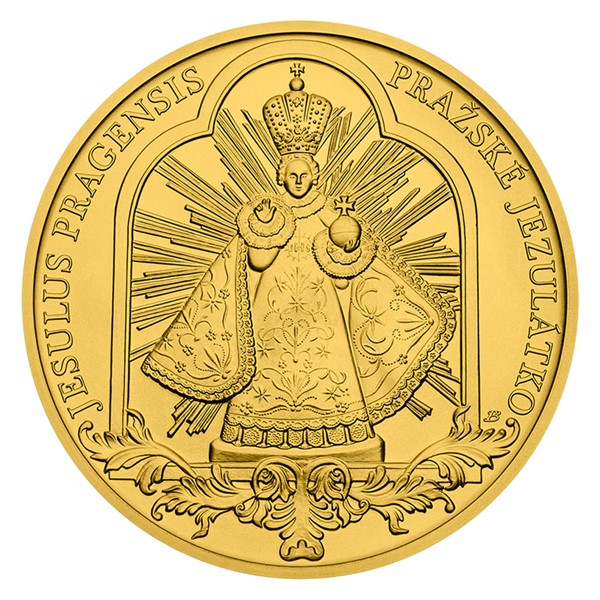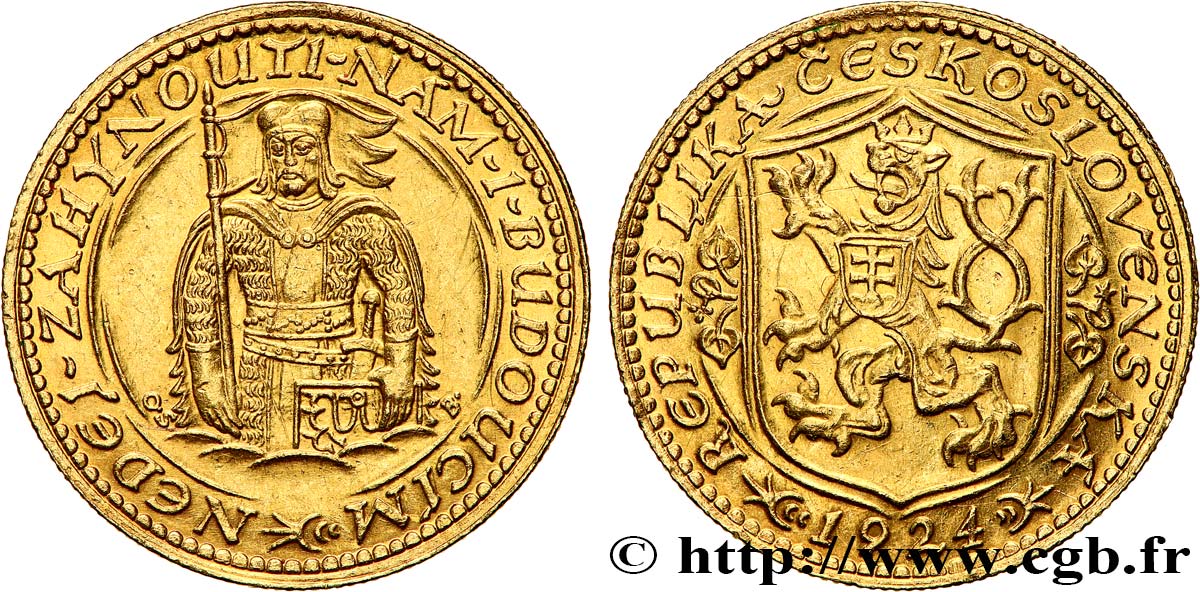Top Facts For Cnc Machining Prague Mint Medals
Wiki Article
What Are The Steps Artists Can Take To Create Sketches Or Designs For Gold Coins And Medals?
Artists employ various techniques to create sketches and designs for gold coins or medals, adapting traditional methods or utilizing digital tools for visualizationHand-Drawn Sketches
Sketches using pens and pencils Artists begin by sketching on paper using pencils and pen. These sketches aid in conceptualizing the layout and design of the medal or coin.
Detail Rendering: The artist refines sketches and adds additional details. They also draw contours and enhance the overall composition. Multiple iterations may be required to achieve the desired look.
Inking or Tracing - After the artist is satisfied with his pencil sketch, he can use ink to create a more precise outline and distinct. In this case it is typical to trace a pencil sketch onto a separate sheet or use tracing paper.
Create depth and shade - Artists use shading techniques to create a more realistic design or realism, or draw attention to certain elements of the medal or coin's appearance.
Digital Design Creation
Graphic Design Software. Artists with a strong background in design using digital technology are most likely to employ Adobe Illustrator or Photoshop. They could also employ specific 3D modeling software. They create the medal or coin digitally with tools for precision and scale.
Vector Graphics - Many digital designs are made as vector graphics. This permits scaling and quality without sacrificing. This allows the design to be resizing to suit different coin sizes.
3D Modelling- For more advanced artists, 3D modeling is a method to show a coin design or medal in a 3-dimensional space. This allows for an accurate representation as well as an improved understanding of how the design will appear when it is finally created.
Visualization and rendering - Artists render the digital designs in order to show how they will appear on the final medals or coins, using various finishes or textures to see how the design will look like in various lighting or surfaces conditions.
The digital and hand-drawn techniques for design require artistic talent focus on detail, as well as a thorough understanding of technical requirements and specifications for minting medals or coins. Artists can choose their preferred method of choice based on their own expertise, client requirements or the aesthetics desired of the final item. Have a look at the best drawing Czechoslovakia gold medals website recommendations. including small gold coins, kruger rand, 24k gold coin, gold eagle coin, gold silver coins, coin gold bullion, gold and silver bullion, price of 5 dollar gold coin, silver and gold buyer near me, gold coins for sale near me and more.

Why Does A Gold Coin Or Medal Dies Undergo Vacuum Hardening?
Vacuum hardening refers to a process which involves exposing dies to extreme temperatures and a controlled environment in furnaces. Here's the overview for the dies for vacuum hardening.
When preparing dies to be used for striking coins or other medals, it is crucial that they are clean of any residues or contaminants.
Loading in Vacuum Furnace
Die dies are placed in an environment chamber that is vacuum.
Evacuation of Air
The vacuum chamber is made by eliminating air from the chamber and establishing a controlled environment that is free of oxygen. This is to prevent oxidation as well as guarantee uniform heat treatments.
Heating Phase
The furnace is heated to the temperature needed to harden the dies. The range of temperatures is determined by the material used and the hardening process.
Soaking at high temperatures-
The dies have to be kept at a highest temperature for a specified duration to allow the material to achieve the desired hardness.
Quenching or cooling-
After soaking, the dies must be quickly cooled using specialized techniques. The quick cooling assists the metal to achieve the desired level of hardness.
Tempering is optional
In some instances, tempering can follow hardening. The dies are heated up at a lower temperature in order to reduce internal stress and improve durability, while preserving hardness.
Quality Control and Inspection
To make sure they meet the hardness and strength requirements the dies that are hardened undergo a thorough inspection and quality test.
Post-Treatment Handling-
The dies are then coated or polished and used to strike coins or medals.
The process of vacuum hardening enhances the strength, durability as well as the resistance to wear and longevity of dies, which are used for striking coins or medals. This procedure, which creates an environment free of airborne contaminants, guarantees that dies are consistently hardened and consistently, enhancing the overall quality and durability of the products. Take a look at the most popular vacuum hardening Czechoslovakia gold medals more advice including gold bullion price, medal gold medal, coin gold price today, coin gold silver, 5 cent piece, gold bullion bars for sale, krugerrand coin, sd bullion gold, gold bars price, buy gold coins and more.

What Ways Can Gold Coins Or Medals Undergo Coating Procedures To Protect The Metal?
The coating of gold medals or coins can be done for various reasons. It can be used to protect and improving the appearance of the coin or achieving a particular aesthetic look. Below are various coating processes used Protective Coatingsto
Clear Protective Film (Varies). This clear protective film, which can include lacquer as well as a polymer, protects the surface of the coin from the effects of oxidation. This coating preserves the original appearance of the coin or medal, and protects its underlying metal.
Enhancement of Appearance-
Gilding or gold plating- The surface of a gold coin medal can be gilded or coated with a thin layer of gold. This improves the appearance of the coin or medal by giving the appearance of a more polished and luxurious look.
Aesthetic effects
Patina or antique finishes are created using chemical treatments or special coats. This process artificially age the surface to create an aged, oxidized appearance.
Colorization and Coloring- Certain parts of a coin or medal coins are colored with special coatings or enamels. This is done to highlight certain design elements, create interest, or to create an interest in the eye.
Anti-Tarnish Coatings-
Anti-Tarnish Solutions and Coatings - to medals or coins with intricate design or areas susceptible of tarnishing anti-tarnish coatings and solutions can be applied. The coatings keep the metal from discoloration and oxidation through time.
Specialized Coatings For Security Authentication
UV-Reactive Coatings. Some coins and medals are coated with a specific UV-reactive coating that reacts to UV radiation. It can reveal hidden components like security codes or encryption.
Selective Coatings and Contrast
Selective Coating Removal - Some coins and medals have coatings removed from specific areas to create a contrast between the polished and coated surface, which highlights the design elements.
Each process has a specific purpose, for instance, to improve the appearance, protect metal, add security, or create certain aesthetic results. The coatings can affect the visual appeal, durability and value of gold coins or other medals. Have a look at the recommended coating Prague Mint gold coins site advice. including gold penny, gold quarter dollar, golden dime, 2000 p gold dollar, 2000 gold dollar, gold coins and bullion, gold biscuit buy, platinum coins, sd bullion gold, gold silver coins and more.

How Are Gold Blanks Put Into Coin Presses Under High Pressure And Stamped?
When minting, gold-plated blanks need to be placed in coin presses and stamping at high pressure to create finished awards or coins. Here's a quick look at loading blanks.
A feeder system is attached to the coin press. The system loads gold blanks that are prepared and tested for quality. The feeder system ensures the constant supply of blanks to the coin press.
Feeding Blanks to the Press
The feeder system introduces blanks into the strike chamber in the coin press one at a time. This allows for precise placement of each blank for stamping.
Alignment and Positioning
The blanks in the pressing chamber are aligned, positioned and perfectly oriented to ensure that they are stamped.
Moving under Pressure
The coin press presses gold blanks at the highest pressure using two dies: one stationary, and the other moving. The stationary die has the negative designs engraved on the coin. The moving die is used to strike the blank.
Die moves and strikes the blanks with great force. The design is transferred onto the surface of the blank. The die's pressure creates the design, as well as the raised relief.
Multiple Striking is an Optional
For more expensive coins or medals particularly collector's or proof editions, a variety of strikes can be applied to achieve an even more sharp, clear visual or a design. Each strike fine-tunes the details in the blank.
Ejection & Collection
When the designs are struck by the press, the coins or medals that are produced are removed from the press. They then collect in trays and containers. The designs that are stamped are examined for quality to ensure they conform to the standards set by the manufacturer.
Post-Processing-
Minted coins and medals can undergo additional procedures like edge lettering, edge reeding, or even post-strike treatments depending on the design requirements or the specifications of the mint.
The process of stamping under high pressure is vital as it imparts the desired design onto the gold blanks, transforming them into finished coins or medals ready for circulation, collection, or even commemoration. Precision is required, as even a slight variation in the pressurization or the alignment of the gold-plated blanks may affect the look and quality of the final product. Follow the best minting Czechoslovakia gold coins website examples. including saint gaudens double eagle, krugerrand, 1936 olympics jesse owens, gold quarter dollar, euro coins, 1 ounce gold, gold and silver coins, 1999 gold quarter, twenty dollar gold coin, gold medals and more.
